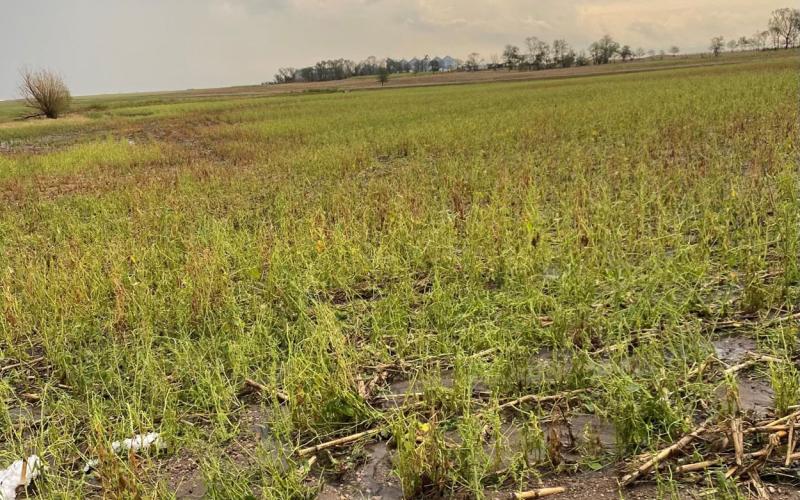Why dry crop seeds artificially when they can be naturally dried in the field? Two major reasons are: i) allows harvesting when the crop is ripe and mature, and ii) proper storage that preserves seed quality.
The goal of drying soybean is to get rid of excess moisture in the seed in order to avoid spoilage. In most cases, soybeans are dried by aeration or passing ambient or heated air through the seeds. The ideal moisture for soybean harvest is 13 to 15 percent, but fall weather and other farm activities may call for early harvest which necessitates drying. Generally, soybeans can be harvested as soon as the seeds are mature and foliage is dry; however, seeds do not thresh well when the moisture is above 18%. High moisture seeds lose moisture during drying, thus reduces the total grain weight. Table 1 below shows an estimate of percent weight loss when drying different moisture content soybeans.
|
|
|
|||||
| 10 | 11 | 12 | 13 | 14 | 15 | |
|
|
||||||
|
|
6.7 | 5.6 | 4.5 | 3.4 | 2.3 | 1.2 |
|
|
7.8 | 6.7 | 5.7 | 4.6 | 3.5 | 2.3 |
|
|
8.9 | 7.9 | 6.9 | 5.8 | 4.7 | 3.6 |
|
|
10.1 | 9.0 | 8.0 | 6.9 | 5.8 | 4.7 |
|
|
11.0 | 10.1 | 9.0 | 8.1 | 7.0 | 5.8 |
For instance, when 1000 pounds of 16% soybeans are dried to 11%, the total weight loss is about 56 lbs. The important elements in safe storage of soybeans are seed moisture and temperature. High moisture associated with high temperature cause mold damage and spoilage is likely. Also, insect damage is equally likely in moist conditions. For beans to be sold in spring, seed moisture should be at 13% whereas, for one year storage the moisture should be around 11%.
Many farms across South Dakota produce soybeans and corn and same equipment can be used to dry both crops. However, heat should be reduced for soybeans, i.e. not exceeding 130° F - 140° F for commercial beans and 100° F - 110° F for seed beans. Warm and low humidity air can cause soybeans to crack. Keeping the stored soybean temperature at 35° F - 40° F in winter and 40° F - 60° F in summer reduces mold and insect activity and moisture movement in the bin.
References:
- Hurburch, C.R. Jr. 2008. Soybean Drying and Storage. Iowa State University Extension. Ph-1636.
- Sumner, P.E. 2000. Harvesting, Drying, and Storage of Soybeans. University of Georgia Cooperative Extension Service.


